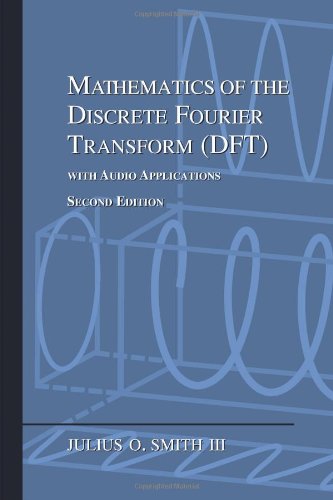Linear Combination of Vectors
A linear combination of vectors is a sum of scalar
multiples of those vectors. That is, given a set of ![]() vectors
vectors
![]() of the same type,5.4 such as
of the same type,5.4 such as ![]() (they must have the
same number of elements so they can be added), a linear combination is
formed by multiplying each vector by a scalar
(they must have the
same number of elements so they can be added), a linear combination is
formed by multiplying each vector by a scalar ![]() and summing
to produce a new vector
and summing
to produce a new vector
![]() of the same type:
of the same type:
In signal processing, we think of a linear combination as a signal mix. Thus, the output of a mixing console may be regarded as a linear combination of the input signal tracks.
Next Section:
Linear Vector Space
Previous Section:
Scalar Multiplication



















